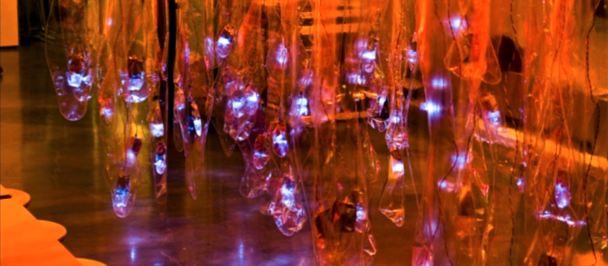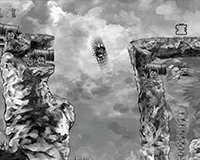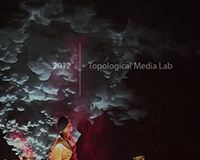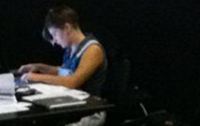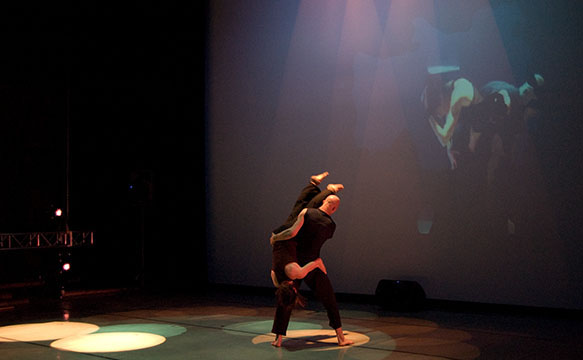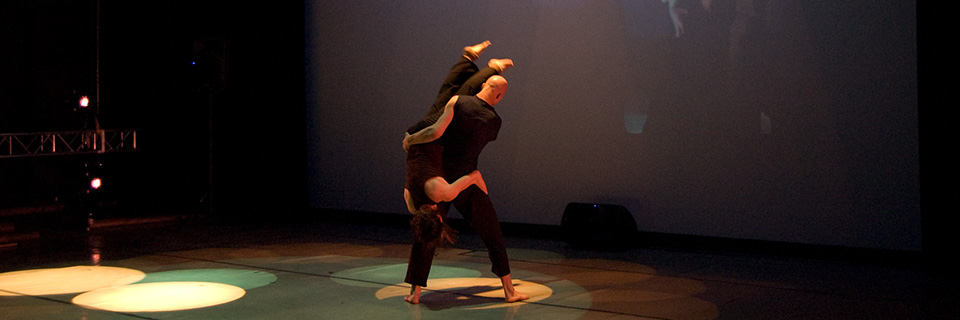Cécile Martin
Architecture, care & dare
Architecture care & dare explores how a body connects to an environment, reacts to it, dwells in its perception. Capture the experience, as it is experienced, before it becomes conscious, when it is still at a subconscious level, when it is something that is happening to an individual. Before the mind controls, creates habits, values, imposes culture and decides to erase the bodily presence. Stay at the first level of embodiment. Proceed to the automatic recording of what comes forth.
This project intends to erase the gap in architecture between a knowledge-based practice imposing rules to action within a space, and the individuals’ experience of architecture. I wish to capture the sub-conscious act of inhabiting, the emergence of experience and of the imaginary in their capacity to act as gateways, as tools to bridge, to reconnect the human to the collective and individual empowerment. How does one reconnect people to their senses? In a timely experience, address empowerment, to show without saying but by making individuals experience in a seemingly banal action, make them perceive something they have never observed before.
Concordia will be the case study for the whole project, in the making and the exhibiting – addressing the space, with the people within.
- The recording of an extensive encounter with their environment of a dozen individuals. Create a context of direct intimate experience of architecture, and document the moment.
- A single self-contained, textured, multi-dimensional “narrative” blurring words, all recordings brought into a single composition.
- an immersive physically-dedicated listening tool/set-up: the visitor puts on a headphone, to which is attached a frontal horizontal mirror so that he all at once sees himself, the space both behind the mirror and behind him. To and in front of this headgear + mirror is attached a full-length “horse-tail” hanging to the floor. The viewer’s relation to the environment is disrupted (a disturbance amplified by his movement) through the duplicity of his vision and shift of gravity, making perceptible, changing his subconscious relation to the environment. The visitor is transformed into a character: his perception leading his jerky actions in space, he becomes a performer.
- a feedback process
- a recording of the visitor’s use of the headphone is added to the previous soundtrack, live (which includes a spatial recording of the environment)
- the object itself is not final. The user can modify it. Eventually the parts will disassemble and come together in another manner, for another use. Elements can be taken off or added to it. Maybe a set of various elements can be staged, spread around the room.


